Why do people use CBD and what is the Endocannabinoid system?
An intentional CBD Guide
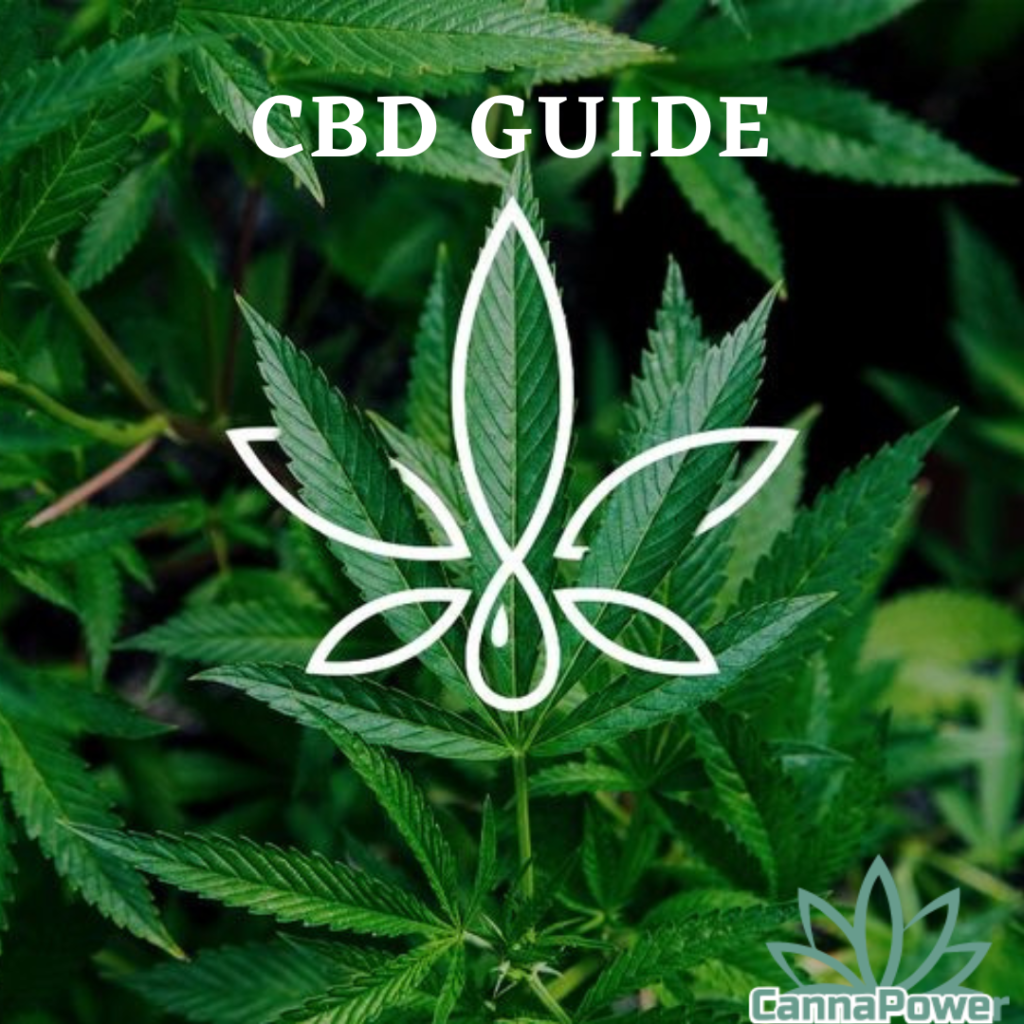
CBD (Cannabidiol) is one of many compounds that consists within a large family of molecules called Cannabinoids.
Most members of this Cannabinoid family reside within the many species of Cannabis (hence the name), which includes Hemp. However, the human body makes its very own Cannabinoids too! These Cannabinoids that are created naturally within the human body are termed “Endo-cannabinoids” (Endo – meaning within the body).
The endo-cannabinoids play a very pivotal role in maintaining a healthy functional balance in the body (homeostasis) operating through bodily receptors, otherwise known as the endo-cannabinoid System (ECS).
Just like the human body consists of a Endocrine System, Muscular System and a Reproductive System, us humans have our very own Endocannabinoid system.
What makes hemp products so unique is its abundance in cannabinoids (like CBD, CBC or CBG). All other food sources (including supplements) are scarce in comparison
Taking a CBD supplement or edible is the most natural way of maintaining a healthy upkeep of our very own Endocannabinoid system through consumption.
What is full spectrum CBD ?
CBD is just one compound of many found in the hemp plant. Hemp also consists of many other compounds that are in the same family as CBD, called cannabinoids. CBD is short for cannabidiol, and there are other beneficial cannabinoids to consume such as; CBG (cannabigerol), and CBC (cannabichromene). Along with cannabinoids, the hemp plant has a rich constitution in healthy aromatic compounds called terpenes. Terpenes are responsible somewhat for the smell, taste and other nutritional aspects of the hemp plant.
Some of the common terpenes found in hemp are; Caryophellene (also found in black pepper), Limonene (also found in citrus fruits) and Myrcene (also found in lemongrass and mangos). If the CBD oil still consists of a large array of its natural and inherent profile of nutrients, then it may be labeled as Full Spectrum. The importance of a Full Spectrum oil is to obtain more efficient levels of absorption when consuming, as the natural array of the hemp compounds work better together than separated or isolated.
If you compare CBD to the engine of a car, and all the other natural components of hemp to be the body work around the engine. All the parts fixed together will create a better chance for the car to get to its destination. Full spectrum oils should only be available to consume if there is no THC (a psychoactive cannabinoid that is illegal) naturally occurring or inherent within the CBD product.
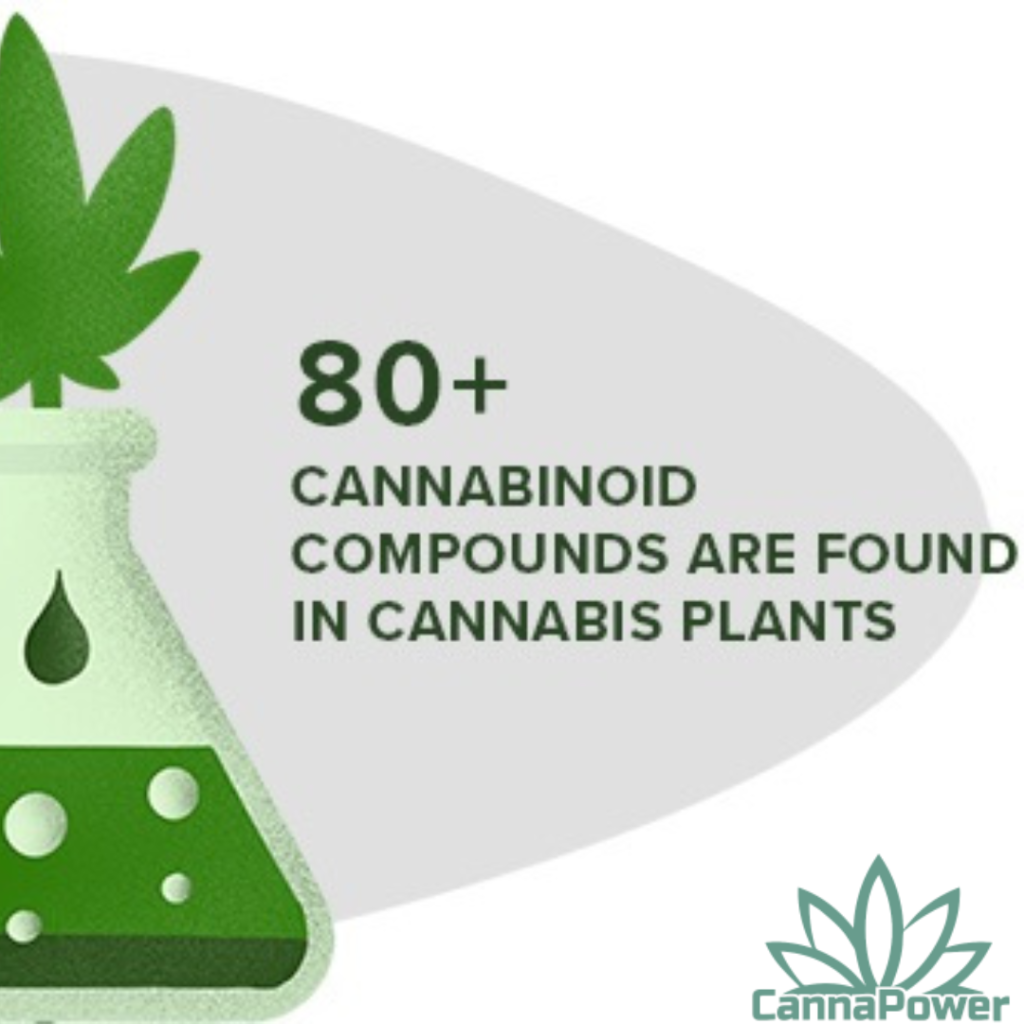
What is broad spectrum CBD ?
A broad spectrum CBD oil is not as wide in its level of natural hemp components as the full spectrum CBD oil is. A broad spectrum CBD oil still has some of the natural array of Hemp compounds along with the CBD, but perhaps not as many.
The reason for this would be to eliminate any trace of THC from the product. However, full spectrum and broad spectrum may come across as confusing. What should be noted, is no matter what spectrum of CBD you get, a CBD product should have no THC in it whatsoever.
To ensure you are purchasing or consuming a safe CBD product, it could be helpful to check with the particular Brand that their CBD product has been tested by an “accredited laboratory” and has required the “accredited certificates” to ensure the CBD oil has been analysed and verified.
How do we understand CBD percentages on product labelling ?
Most CBD supplements and foods often are labeled with the percentage amount of CBD, for example; 3%, 5% and 10% CBD, which come at varied different costs. This has led to a lot of confusion and rightly so. An important factor to understand is how many milligrams of CBD are in each product and how much within each serving will you consume;
5% CBD in a 10ml tincture would be a total of 500mg of CBD, and 5% CBD in a 30ml tincture would be a total of 1500mg of CBD, which is 3 times more, and both still labelled 5%, the difference being the total quantity, hence the varied prices on each product.
This means that a 30ml tincture with 5% CBD (1500mg CBD) has more CBD than a 10ml tincture with 10% CBD (1000mg CBD), which will consequently make the ’30ml 5% tincture’ a little more costly than the ’10ml 10% CBD tincture’.
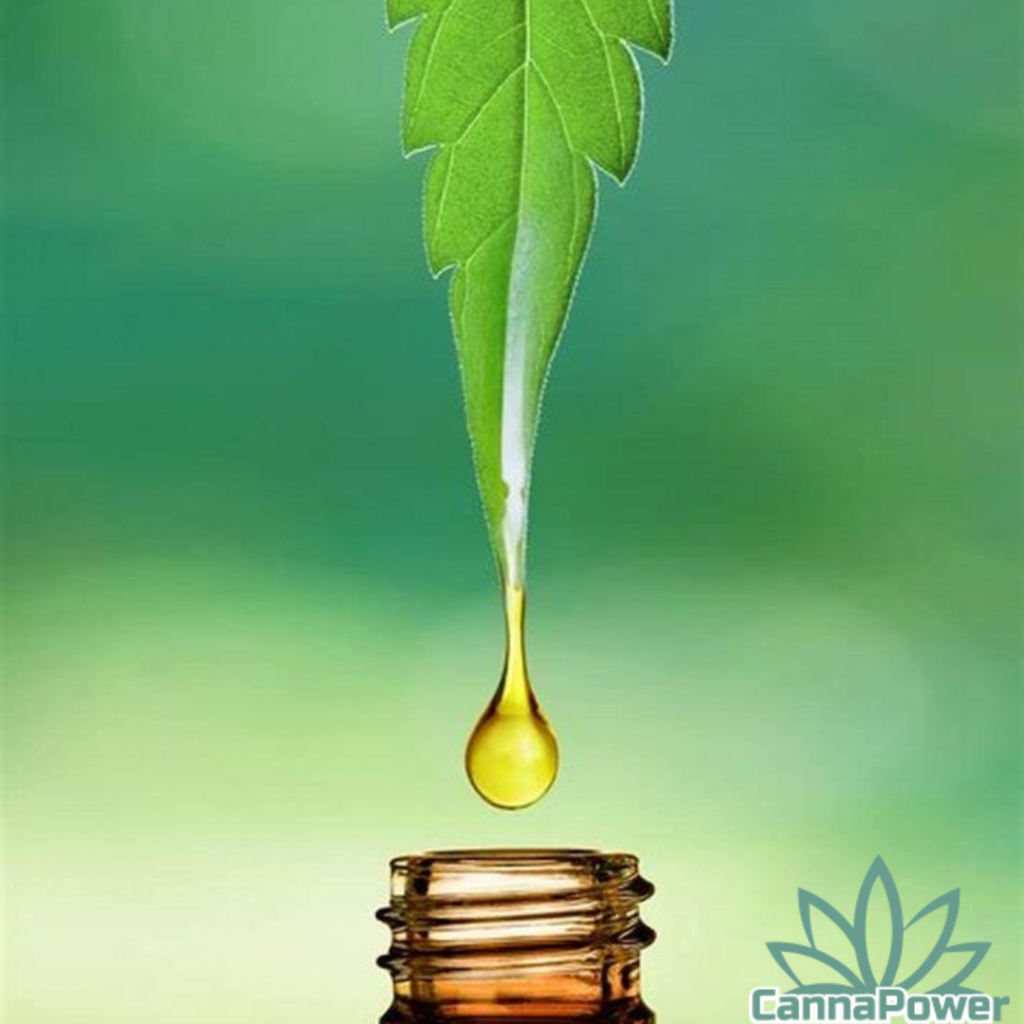
Approximate Measurement guide for CBD amounts:
10ml is approximately 200 drops.
20ml is approximately 400 drops.
30ml is approximately 600 drops.
Approx 15 to 20 drops per pipette.
- 5% 10ml is approximately 2.5mg CBD per drop
- 5% 30ml (150mg total) is approximately 2.5mg CBD per drop
- 10% 10ml is approximately 5mg CBD per drop
- 10% 20ml (2000mg total) is approximately 5mg CBD per drop
- 20% 10ml is approximately 10mg CBD per drop
500mg in a 10ml bottle is 5%
1000mg in a 20ml bottle is 5%
1500mg in a 30ml bottle is 5%
1000mg in a 10ml bottle is 10%
2000mg in a 20ml bottle is 10%
3000mg in a 30ml bottle is 10%
2000mg in a 10ml bottle is 20%
4000mg in a 20ml bottle is 20%
6000mg in a 30ml bottle is 20%
4000mg in a 10ml bottle is 40%
8000mg in a 20ml bottle is 40%
10000mg in a 30ml bottle is 40%
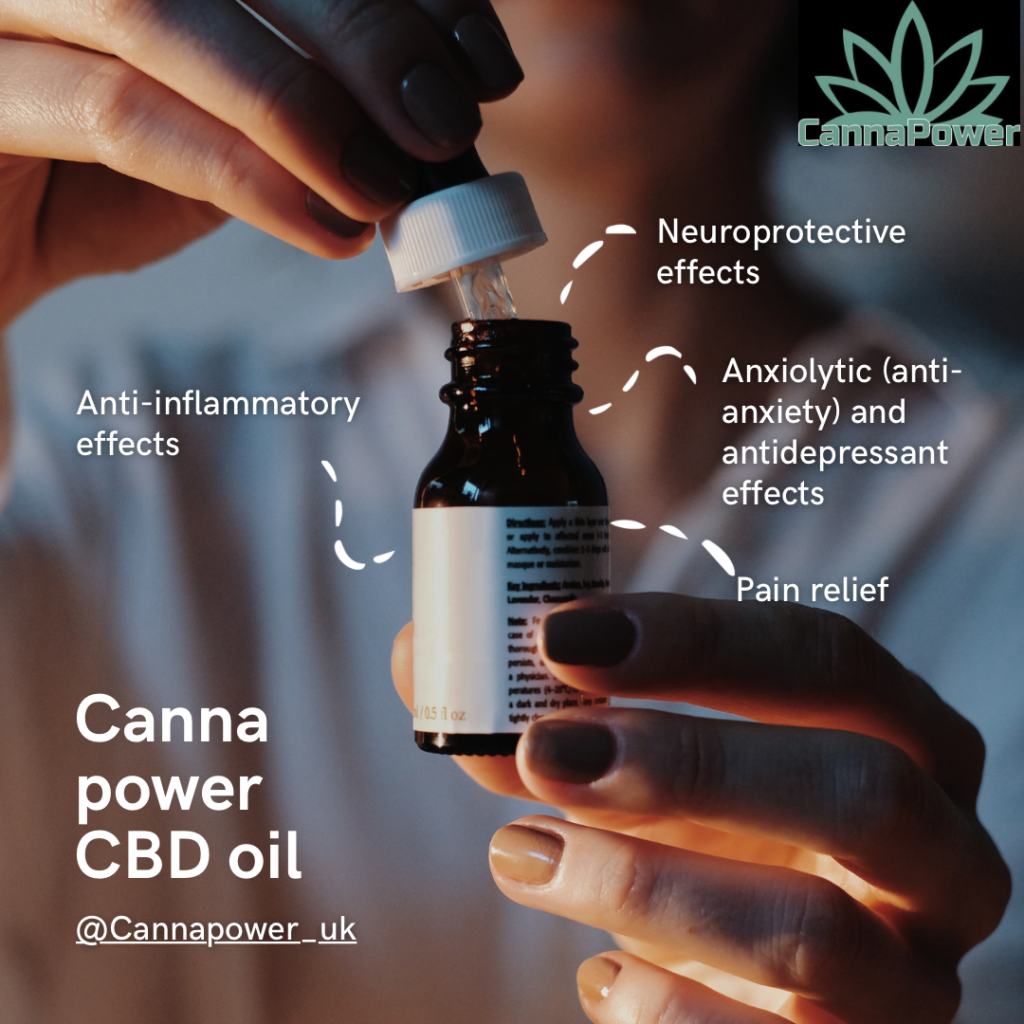
Ideally, a CBD product should exhibit a guide with the total amount of CBD in milligrams via its labelling or displayed on the brands website. Capsules are a little easier to understand, where the total amount of capsules should be listed alongside the amount of each CBD in each capsule.
Sometimes the CBD capsule container may label the total amount of CBD in all the containers capsules put together. In this case, you can divide the total amount of CBD by the amount of capsules to work out the amount of CBD in each capsule. Most products will exhibit the total amount of CBD in the capsule product alongside the amount of CBD in each capsule.
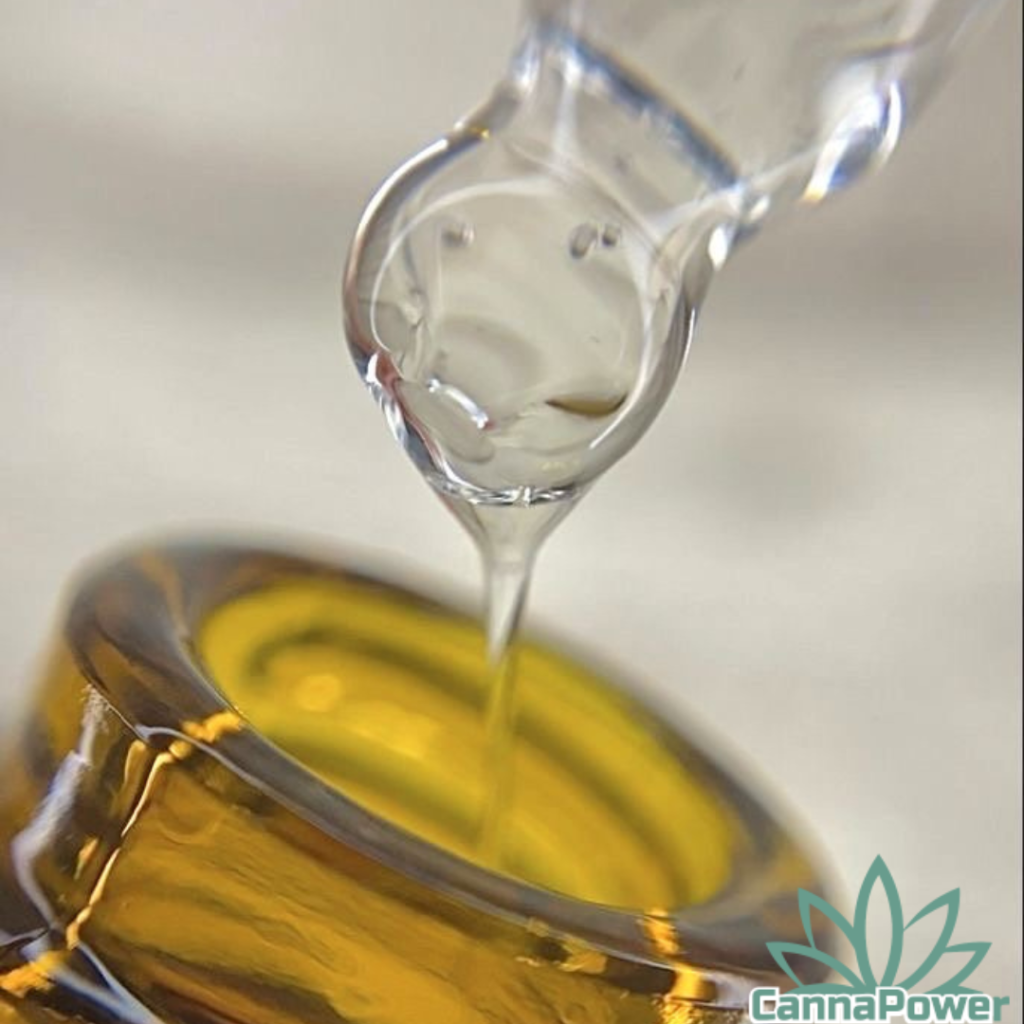
What are carrier oils ?
What should also be noted is the quality of the carrier oil. A CBD product will need a carrier oil consisting of healthy Fats, such as omega 3,6,9 obtained from a ‘Hemp Seed Oil’ or ‘MCT Oil’ for example, as the cannabinoids are known to be fat soluble (lipophilic). This means that a CBD oil without a carrier oil consisting of healthy fats is not likely to suffice. “We are not what we eat, we are what we absorb.”
This is a good reason to consume a healthy dose of good fats in one’s diet, as it is not just cannabinoids like CBD that are fat soluble, also vitamins such as A,D,E and K need healthy fats to be absorbed in the body.
What are the differences in extraction and production methods of CBD products ?
CO2 extracted CBD oil:
A CO2 extraction is one of the superior extraction methods for plants such as Hemp for CBD oils. It extracts via a pressure method and a post processing with solvents. This method would eliminate any potential toxins and pathogens that would be considered unsafe, whilst at the same time leaving behind CBD and some of the other natural nutrients consisting in the hemp plant.
For this reason, it produces the cleanest and purest extract of CBD. After the CBD oil is extracted, it would be infused with a carrier oil for preservation and better absorption.. Like with any CO2 extracted CBD product, it is good to ensure your product is tested and analysed with the accredited certificates.
Alcohol extracted CBD oil:
Alcohols such as ethanol, isopropyl, butane and propane have been used to extract cannabinoids from Hemp for many years. Although it can separate the CBD and other cannabinoids from any natural impurity, the alcohol may leave trace contaminant residue in the final product. Like with any Alcohol extracted CBD product, it is good to ensure your product is tested and analysed with the accredited certificates.
CBD FOOD
CBD (cannabidiol) is a compound found in cannabis plants, and it is known for its potential therapeutic benefits. When it comes to CBD-infused food, such as gummies, brownies, cookies, and other edibles, there are a few key points to consider.
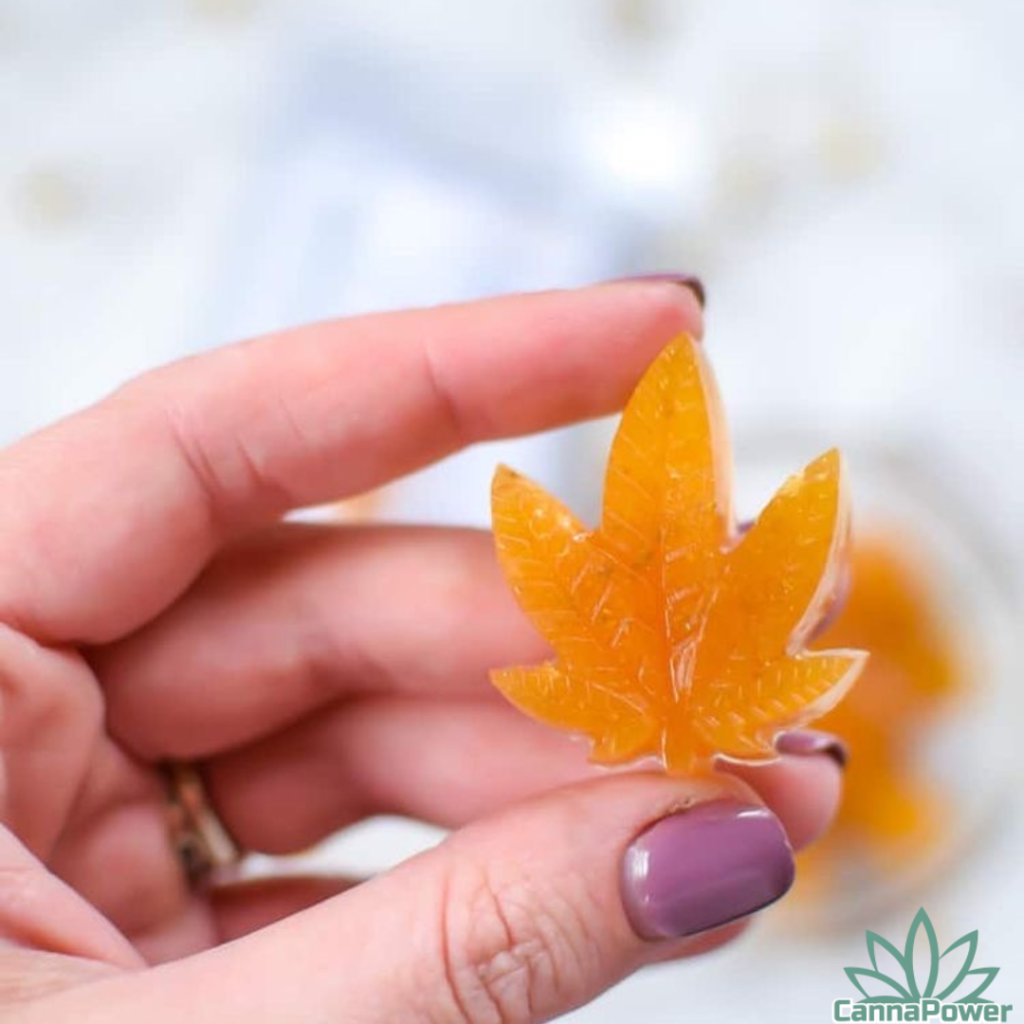
- CBD Source: CBD used in food products is typically derived from industrial hemp, a variety of cannabis with low THC (tetrahydrocannabinol) levels. THC is the psychoactive compound responsible for the “high” associated with marijuana. CBD extracted from hemp contains negligible amounts of THC, ensuring that CBD-infused food won’t induce intoxication.
- Benefits and Effects: CBD is believed to have various potential benefits, including anxiety and stress reduction, pain relief, improved sleep, and alleviation of inflammation. However, the effects can vary from person to person, and it’s important to note that CBD food is not intended to diagnose, treat, cure, or prevent any disease. It’s advisable to consult a healthcare professional for personalized advice.
- Dosing and Concentration: CBD-infused food products come with specific CBD concentrations. The packaging should indicate the amount of CBD per serving. It’s essential to follow the recommended dosage instructions provided by the manufacturer. Starting with a low dose is advisable, and you can gradually increase it if needed.
- Quality and Legality: Ensure you purchase CBD food products from reputable sources that provide third-party lab testing to verify their quality and safety. It’s important to check the legal status of CBD products in your jurisdiction, as regulations can vary. In some places, CBD may be legal, while others may have restrictions or require a prescription.
- Absorption and Timing: When ingested, CBD in food must pass through the digestive system before reaching the bloodstream. This process can take some time, typically between 30 minutes to 2 hours, before the effects are felt. Factors such as metabolism, body weight, and the presence of food in the stomach can influence absorption and onset time.
- Adverse Reactions and Interactions: While CBD is generally well-tolerated, some individuals may experience side effects like dry mouth, fatigue, or changes in appetite. It’s important to be aware of any potential drug interactions, especially if you’re taking medications.
Remember, the information provided here is for educational purposes, and individual experiences may vary. It’s always best to consult with a healthcare professional for personalized advice regarding CBD consumption, especially if you have specific health concerns or are taking medications.
CBD TOPICAL USAGE
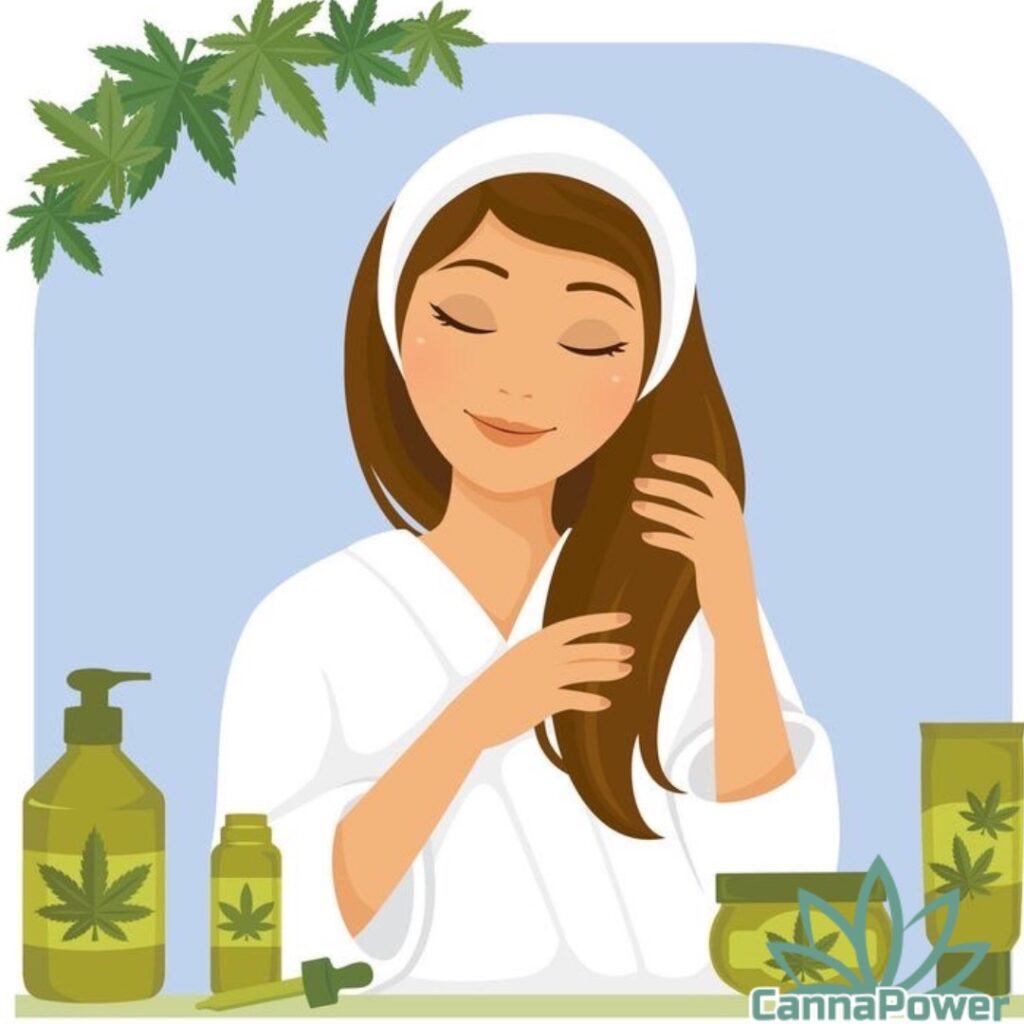
CBD (cannabidiol) can also be applied topically, meaning it is used externally on the skin. CBD-infused topicals, such as creams, lotions, balms, salves, and oils, are designed for localized application to specific areas of the body. Using CBD topically offers several potential benefits and considerations:
- Targeted Relief: One of the primary reasons people use CBD topically is to target specific areas of discomfort or inflammation. When applied to the skin, CBD interacts with nearby cannabinoid receptors, potentially providing localized relief. It may help with muscle soreness, joint stiffness, skin irritations, and general discomfort.
- Skin Health: CBD topicals can also be beneficial for overall skin health. CBD has been studied for its potential anti-inflammatory, antioxidant, and sebum-regulating properties. It may help soothe irritated skin, reduce redness, and moisturize dry skin. Additionally, some people use CBD topicals for conditions like acne, eczema, or psoriasis.
- Application and Absorption: Applying CBD topically is straightforward. Simply massage the topical product onto the affected area or as directed by the product instructions. The skin has cannabinoid receptors, allowing CBD to be absorbed locally. However, keep in mind that the absorption rate and effectiveness can vary based on factors such as skin type, product formulation, and the specific area of application.
- Dosage and Concentration: CBD topicals come in various concentrations, typically measured in milligrams (mg) of CBD per container. The packaging should indicate the CBD content and recommended usage instructions. Determining the optimal dosage for topical application can be subjective, but starting with a moderate amount and adjusting as needed is advisable.
- Quality and Safety: It’s crucial to choose high-quality CBD topicals from reputable sources. Look for products that provide third-party lab testing, ensuring the CBD content, purity, and absence of contaminants. Avoid products with questionable ingredients or insufficient information. Furthermore, it’s advisable to perform a patch test on a small area of skin before applying CBD topicals more extensively to check for any adverse reactions.
- Additional Ingredients: CBD topicals often contain other beneficial ingredients, such as essential oils, moisturizers, or herbal extracts. These ingredients can complement the potential benefits of CBD and enhance the overall experience. Be mindful of any known allergies or sensitivities to specific ingredients and review the product’s ingredient list.
- Timing and Duration: The onset time and duration of effects can vary when using CBD topically. Some people may experience immediate relief, while others may require repeated applications over time. It’s important to be patient and consistent with application, allowing the CBD to interact with the skin’s receptors and potentially provide the desired effects.
CBD AND CBG VAPING
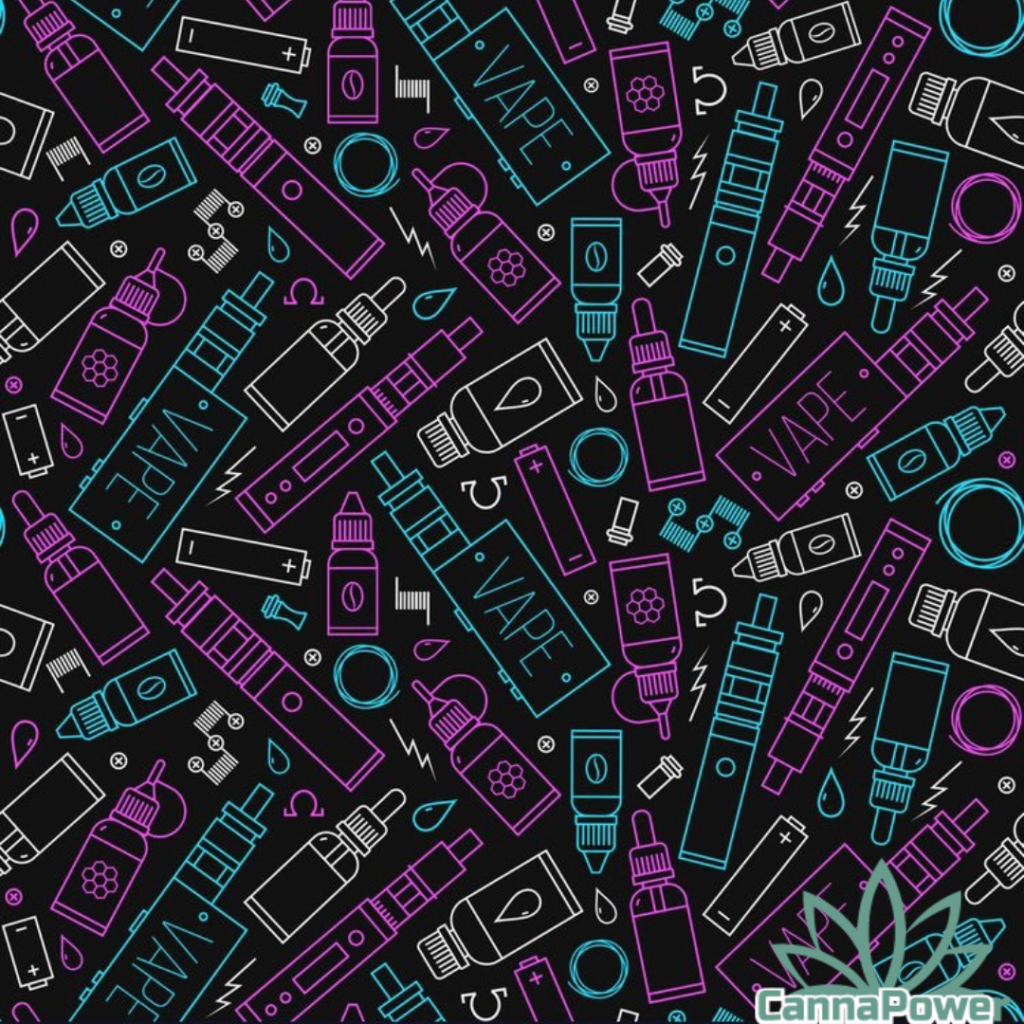
CBD (cannabidiol) can be consumed through vaping, which involves inhaling CBD vapor using a vaporizer device specifically designed for CBD or e-liquid consumption. Vaping CBD offers some unique characteristics and considerations:
- Vaporization: Vaping involves heating a CBD vape liquid or e-liquid to a temperature that converts it into a vapor, which is then inhaled into the lungs. This method allows for rapid absorption of CBD into the bloodstream through the lung tissue, leading to relatively quick effects compared to other consumption methods.
- Inhalation Benefits: Inhaled CBD bypasses the digestive system, avoiding the “first-pass effect” that occurs with oral consumption. As a result, the CBD reaches the bloodstream more directly, potentially leading to more immediate effects. Inhalation can be preferred by individuals seeking fast-acting relief, such as for anxiety or acute pain.
- Synergistic Effects: CBD and CBG can also be combined in vape products, providing a blend of both cannabinoids. Some individuals believe that CBD and CBG may have synergistic effects, meaning they may enhance each other’s potential benefits when used together. However, research on this specific combination is still limited, and individual experiences may vary.
- Vape Devices and CBD E-Liquids: Vape devices for CBD typically consist of a battery, a heating element or coil, and a cartridge or tank to hold the CBD e-liquid. It’s important to choose a reputable vape device and ensure it is specifically designed for CBD or e-liquid use. CBD e-liquids come in various flavors and CBD concentrations. When purchasing CBD e-liquids, opt for products from trusted sources that provide third-party lab testing for quality and safety verification.
- Dosage and Concentration: CBD e-liquids come in different concentrations of CBD, often measured in milligrams (mg) per milliliter (ml). The packaging should indicate the CBD content and recommended serving size. Determining the appropriate dosage can be subjective, as it depends on factors such as individual tolerance, desired effects, and experience with vaping. Starting with a low dosage and gradually increasing it allows for personalization and finding the optimal dose.
- Potential Effects: CBD vaping may provide various potential effects, including relaxation, stress reduction, and potential alleviation of anxiety or pain. However, the effects can vary among individuals, and it’s important to note that CBD affects everyone differently. It’s recommended to start with a low dose and observe your body’s response before adjusting the dosage.
- Safety and Quality: Ensure you purchase CBD e-liquids from reputable sources that provide clear information about the ingredients, manufacturing processes, and third-party lab testing. Look for e-liquids that are free from harmful additives, heavy metals, or pesticides. It’s important to prioritize quality and safety to minimize potential health risks associated with vaping.
- Considerations and Risks: While CBD vaping is generally considered safe, there are some important considerations. Vaping in general, including CBD vaping, is not suitable for everyone, particularly individuals with respiratory conditions or sensitivities. It’s essential to be aware of potential risks associated with vaping and the potential long-term effects on lung health. If you have any concerns or underlying health conditions, consult with a healthcare professional before considering CBD vaping.
It’s worth noting that laws and regulations regarding CBD and vaping can vary by jurisdiction. Familiarize yourself with the local regulations and ensure compliance with legal requirements before purchasing or using CBD vape products.
Remember, the information provided here is for educational purposes, and individual experiences may vary. It’s always recommended to consult with a healthcare professional for personalized advice, especially if you have specific health concerns or are taking medications.

